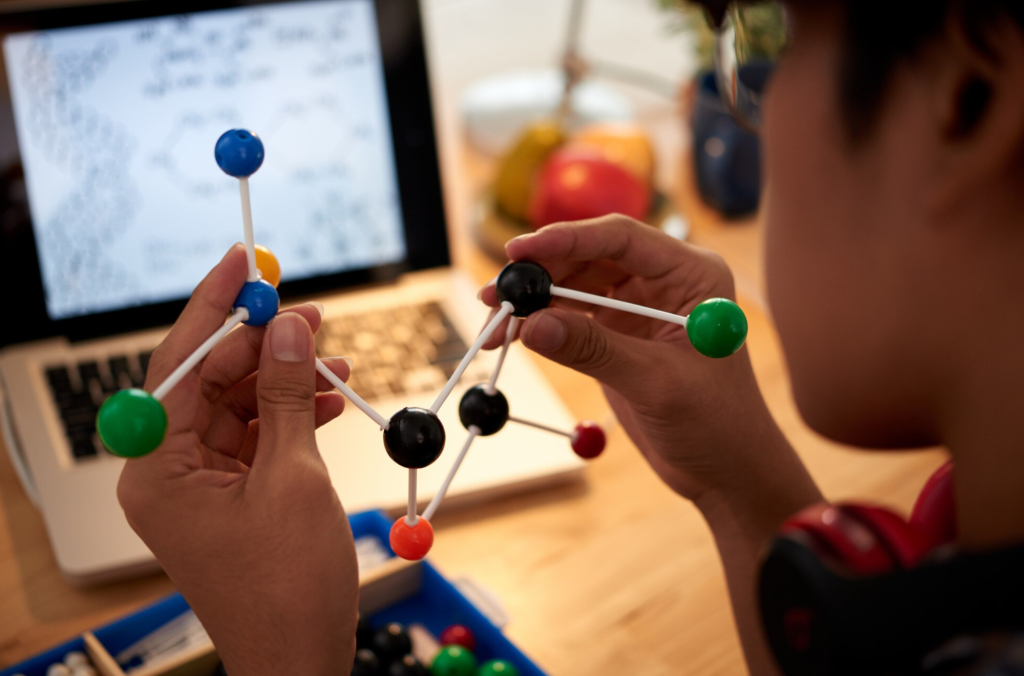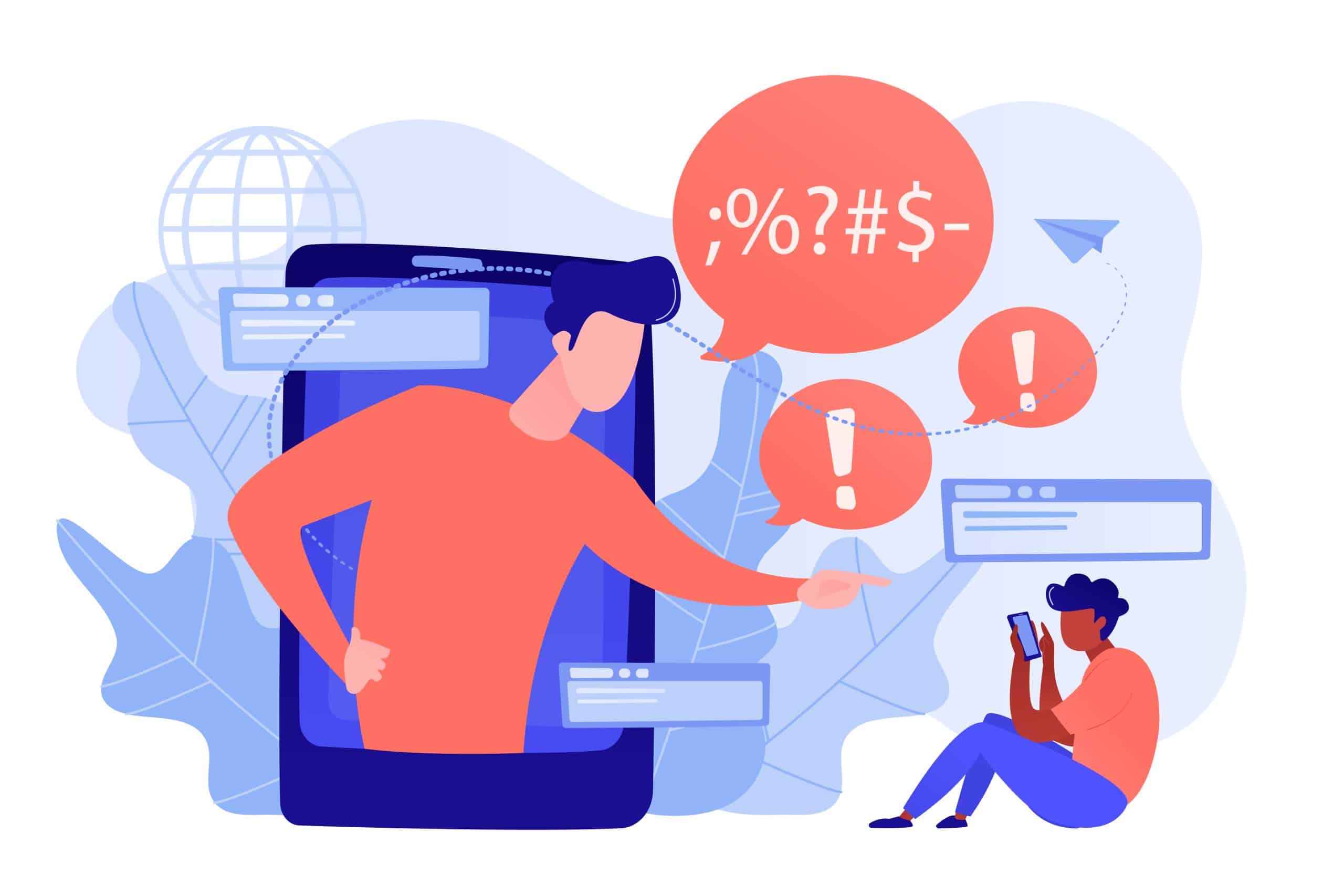🎲 Why Play Belongs in the Lab
When we think about science, we usually imagine rigorous experimentation, peer-reviewed journals, and serious-faced researchers in lab coats. Yet, what we often overlook is that many of history’s most important discoveries didn’t come solely from discipline—they came from play. Scientific Breakthroughs!
Whether it’s the kind of play rooted in curiosity, experimentation, or creative thinking, it has long acted as the quiet catalyst behind breakthroughs. So, why do we so rarely talk about it?

🧠 Play Is a Form of Exploration
At its core, play is about exploring possibilities without the pressure of immediate success. It invites mistakes, encourages creativity, and opens doors to unexpected insights. For scientists, especially those working on the edges of what’s known, this mindset is critical. Scientific Breakthroughs!
According to Dr. Stuart Brown, founder of the National Institute for Play, “Nothing lights up the brain like play” (NPR). It encourages divergent thinking, reduces fear of failure, and helps people discover new patterns and connections.
🧬 Historical Examples: When Play Led to Genius
1. Einstein’s Thought Experiments
Albert Einstein famously referred to his imagination as more important than knowledge. His concept of relativity didn’t come from data alone—it came from imagining what it would be like to ride alongside a beam of light. This kind of mental play helped him challenge classical physics and completely reshape our understanding of time and space.
2. Alexander Fleming and the Accidental Discovery of Penicillin
Fleming wasn’t aiming to discover antibiotics. In fact, his initial experiments were on something entirely different. Yet, when mold contaminated his Petri dishes, he decided to explore the unexpected instead of discarding it. His curiosity and openness to surprise led to one of the greatest medical breakthroughs in history.
3. Jennifer Doudna and the Evolution of CRISPR
Doudna’s playful curiosity in RNA research evolved into groundbreaking work on CRISPR gene editing. Her team’s willingness to explore off-path ideas and follow “what if” questions contributed to innovations that are now transforming medicine (Science Magazine).
🎮 The Science Behind Play and Creativity
Modern cognitive science supports what these pioneers intuitively understood: play is neurologically powerful.
- Play reduces stress and activates the brain’s dopaminergic system, encouraging reward-seeking behavior and mental flexibility.
- It enhances neuroplasticity, allowing the brain to form new pathways and ideas.
- It fosters collaborative learning, essential in team-based science environments.
As psychologist Mihaly Csikszentmihalyi noted, the “flow state” often emerges in playful environments—where curiosity and challenge meet.
🧪 Why Today’s Research Environments Often Stifle Play
Despite its benefits, play is often devalued in modern scientific culture. Funding pressures, publication demands, and competitive grant cycles can create environments that reward predictable outcomes rather than bold experimentation.
Many labs prioritize productivity metrics over creativity, pushing scientists to stick with “safe” projects. As a result, risky but potentially revolutionary ideas often go unexplored. Scientific Breakthroughs!
🔁 Reintroducing Play Into Modern Research
It doesn’t have to be this way. Forward-thinking institutions are already working to restore play to the scientific process.
🔬 Here’s how:
1. Design Play-Friendly Spaces
Some research centers now include creative labs or “sandbox spaces” where scientists can experiment freely, without expectations. For example, MIT Media Lab thrives on cross-disciplinary exploration and encourages whimsical, even absurd ideas that often lead to serious breakthroughs.
2. Reframe Failure
Play teaches us that failure is a step—not a stop. Encouraging failure-as-feedback helps create psychological safety, which is essential for innovation.
3. Use Analogies and Simulations
Games, metaphors, and models aren’t just fun—they help scientists think in new ways. Many advancements in systems biology, for instance, come from game-like simulations that model cellular behavior.
4. Promote Interdisciplinary Collaboration
Play thrives where disciplines collide. A chemist working with a musician or a physicist engaging with a game designer may find new ways to look at a problem that pure technical training might miss.
🌱 What This Means for Education and Innovation
If we want the next generation of scientists and thinkers to solve humanity’s grandest challenges, we need to reclaim play as a vital part of the learning and discovery process. Scientific Breakthroughs!
STEM education, in particular, can benefit from integrating playful learning—through hands-on experiments, open-ended projects, and “what-if” thinking. When students feel free to explore without fear of failure, innovation follows naturally.
🎯 Final Thoughts: Serious Play Has Serious Value
Play isn’t the opposite of work. In fact, for science, play is often where the real work begins.
When we dismiss play as childish or frivolous, we risk dampening the very curiosity that leads to the next Einstein or Doudna. By recognizing and nurturing play as a core part of discovery, we can unlock bold solutions, delight in the unknown, and ensure that science stays both smart and soulful.
After all, some of the world’s most brilliant ideas started with nothing more than a question and a willingness to explore—just for the joy of it. Scientific Breakthroughs!
📚 References
- NPR – Play: It’s More Than Just Fun
https://www.npr.org/sections/health-shots/2008/03/06/87880251 - Science Magazine – CRISPR Gets the Nobel
https://www.science.org/doi/full/10.1126/science.abc9011 - Brown, S. – Play: How It Shapes the Brain, Opens the Imagination, and Invigorates the Soul






